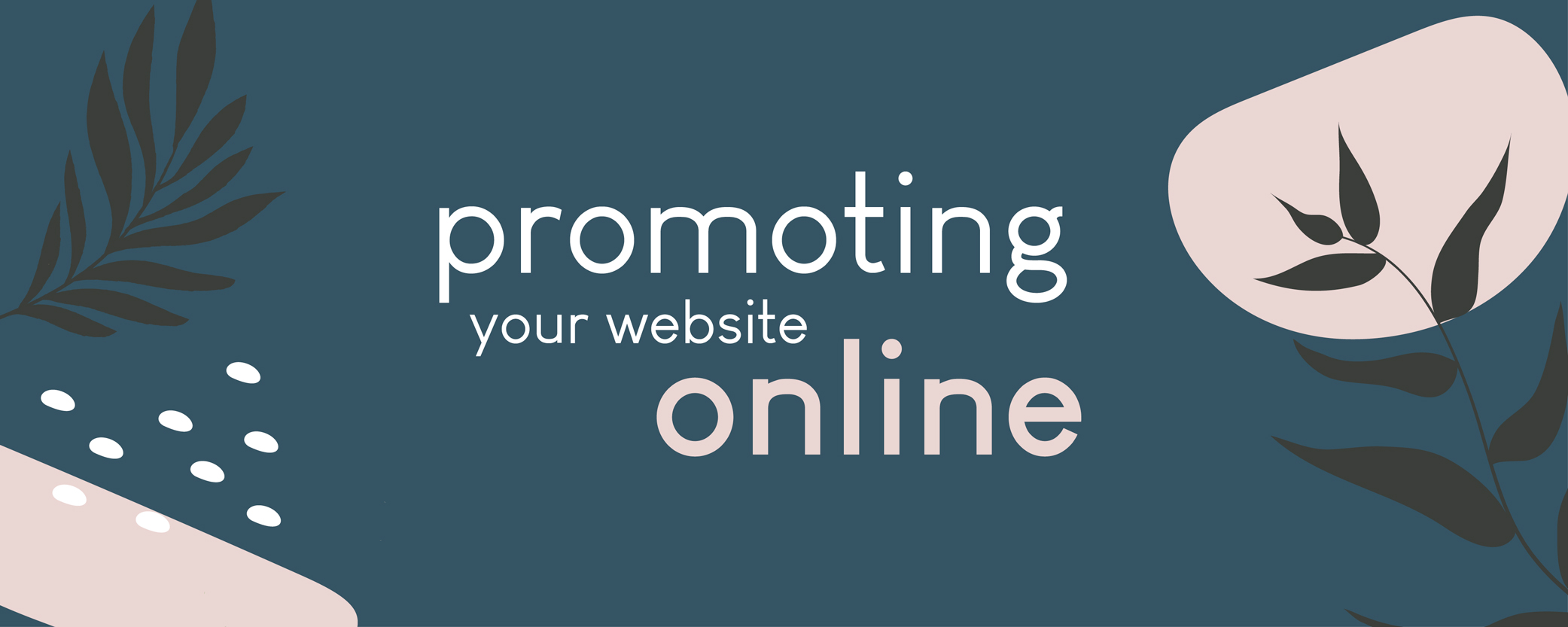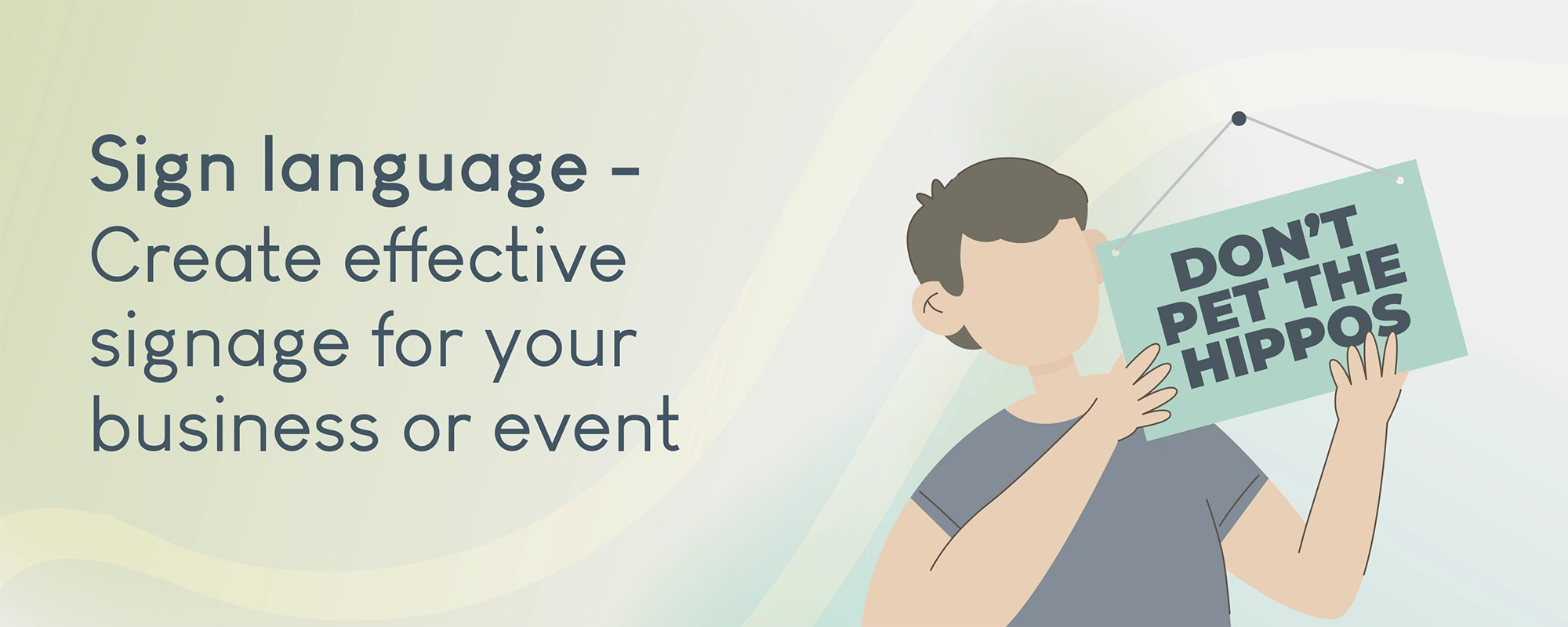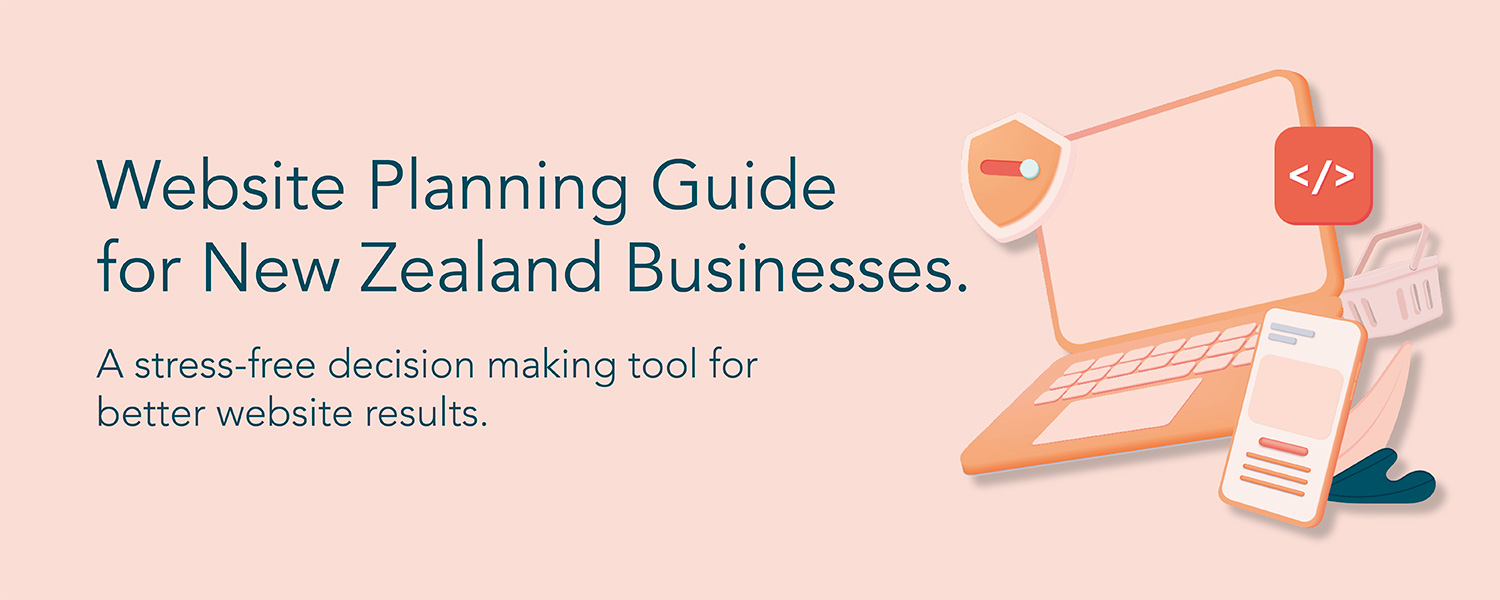Promoting your website online
So you’ve built a new website with all the bells and whistles but customers aren’t calling or filling their online carts with purchase after purchase. Launching a new website without any thought to promoting it is like building a shop with no signage – it’s going to take luck for people to find you.
There are plenty of unpaid steps you can take to get your website in front of people starting with adding your website address to ALL your marketing – from your email signature and social media through to your car branding and signage. You can also tell your customers directly through the likes of e-newsletters or even a dedicated email if that’s appropriate. But how do you get your website in front of people you don’t know, when they need it?
Online search campaigns
Online search campaigns, or Google Ads, give people a helping hand to find your website. The beauty of these campaigns is you identify keywords people are likely to use when they search for a product or service like yours and every time someone types that word (and fit your defined criteria) your website pops up at the top (or near the top) of the page. People usually visit Google with a purpose in mind (e.g. to buy sports shoes) and if we match this purpose with our advertising we can make their life easy and ensure they buy our shoes, not our competitors’ shoes or something else that’s caught their eye!
You pay when the customer clicks through to your website, you can cap your daily spend and change your ad as you go to best attract the right customer. Unlike other traditional forms of advertising that have a bit of a ‘cross your fingers and hope it works’ feel you are in full control and you can even change your ad and tweak the keywords to really refine your ad to get the right people at the right time to your website and control your spending.
See some of our case studies to find out just how easy and cost-effective these are to implement and most importantly the results they get!
Google Display ads
Just like when you searched for the sports shoes in the previous example, the shoe company may have instead chosen to create a visual ad presenting you a picture of some sports shoes as a search result. Other display ads include images, banners, wallpapers, popup ads, flash (moving ads) and video ads. They’re mostly displayed on third-party websites that are relevant to the ad.
Remarketing
So when your customer searches for those sports shoes, clicks through to your website but doesn’t purchase it’s not only annoying it’s a warm lead that could be lost. How can we make the most of this interested customer? That’s where remarketing comes in. Remarketing is when we reach out to the sports shoe shopper on another occasion and show them the product again reminding them about their interest. You may have often said to yourself how does Facebook know I am in the market for some new sports shoes only hours after looking at shoes in an online store!
Landing Page
To ensure your ad works the web page (or landing page as it is known) that your customers are sent to from your ad must answer your customers’ questions and make sense. It is essential that any ads you create are linked to a landing page that allows the customer to take the obvious next step – usually make an enquiry or purchase. To use the shop analogy, you don’t want to invite a customer to your shop to purchase a particular product but have the product so hard to find the customer wonders if they are at the right shop!
Monitoring and Reporting
The beauty of marketing online is data, data, data. Any online marketing provides you with useful analytics outlining who did what and when. You can use this reporting to make adjustments to each digital campaign as they are running, plan for future campaigns and feed that into your overall marketing strategy. By monitoring your ads you can see what’s working well and what needs to be changed if new competitors are on the scene, what search terms people are using and much more.
Conclusion
We’ve come a long way from an ad in the local paper being our only way to advertise a good or service. Online advertising doesn’t have to be in the too hard basket – it can be easy to implement, is often very cost-effective, can be turned on and off and it works, and if it doesn’t you have the data to work out why and change tact! Ask us if you want to find out more and give it a go.




